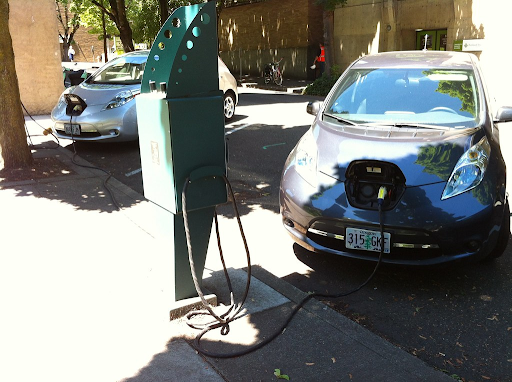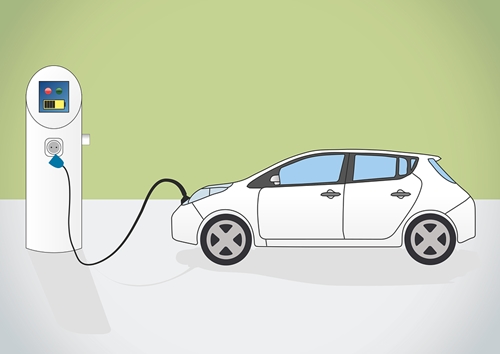– Sponsored content –
5 Dec. 2019. Electric vehicles are becoming popular nowadays. However, before there can be a nationwide transition to electrical car usage, there must be a sufficient network of EV charging stations to reduce range anxiety for potential owners.
Benefits of EV Charging Station
If you are a property owner and manager, you may want to consider including charging stations in your buildings, as being an early adopter of these innovations has a lot of benefits.
- Tenant Attraction and Retention
Offering an EV charging station is one way for property owners and managers to attract and retain their tenants, particularly those who own electric vehicles. When you have an EV charging station, it is a direct way to exemplify a building’s or property management company’s environmental values. It will also help contribute to a green image that attracts and retains tenants and customers who share the same values.
- Income-generating Activity
When you have an EV charging station, you have the opportunity to generate additional revenue directly from people who use the station’s services. Just learn how to maintain them properly so as not to damage their wirewound resistors.
- Advertising Opportunities
When an EV driver visits a charging station, there is the opportunity to advertise. A station host can promote their products or services in this way, or sell advertising space to other organizations.
Types of EV Charging Stations
An EV charging station is an element in an infrastructure that supplies electrical energy for the recharging of electric vehicles, such as electric cars, neighborhood electric vehicles, and plug-in hybrids. EV charging stations typically fall under three main categories. Below is the detailed description of each kind.
- Level 1 EV charging station
This charging station uses a 120 V AC plug and can be plugged into a standard outlet. Compared with the other chargers, Level 1 chargers do not require installation of additional equipment. They typically deliver two to five miles of range per hour of charging and are most often used at home.
Level 1 chargers are the least expensive EV charging station. However, they also take the most time to charge your car’s battery. That’s why homeowners use level 1 chargers to charge their vehicles overnight.
- Level 2 EV charging station
This charging station is used for both residential and commercial charging stations. It uses a 240 V for residential and 208 V for the industrial plug. Unlike Level 1 chargers, it can’t be plugged into a standard wall outlet. Instead, it is usually installed by a professional electrician. You can also install it as a part of a solar panel system.
A Level 2 EV charging station delivers 10 to 60 miles of range per hour of charging. It can fully charge an electric car in as little as two hours. It makes it an ideal option for both homeowners who need fast charging and businesses who want to offer charging stations to customers.
- Level 3 EV charging station or DC Fast Chargers
This type of charging station can offer 60 to 100 miles of range for your electric car in 20 minutes of charging it. However, people only used DC fast chargers in commercial and industrial applications because they require highly specialized, high-powered equipment to install and maintain.
Not all kinds of electric cars can use DC fast chargers. Most of the plug-in hybrid electric vehicles don’t have this charging capability.
How do EV Charging Stations Work?
When you own an electric vehicle, you need an electric charging station to run your car. All-electric cars don’t have a gas tank. Rather than filling up your car with gallons of gas, you plug your vehicle into a charging station to fuel it up. An average EV driver does 80% of their vehicle charging at home.
For charging at home or work, some electric cars feature converters onboard that can plug into a standard electrical outlet or high-capacity appliance outlet. Other electric vehicles require a charging station that provides electrical conversion, monitoring, or safety functionality. Electrical utility companies usually supply some public charging stations or are located at retail shopping centers, restaurants, and parking places. Private companies operate some of them.
The charging time depends on the battery capacity of the vehicle and the charging power of the station host. In other words, the time rate of the charge depends on the charging level used, and the charging level depends on the voltage of the batteries in the car.
* * *



 RSS - Posts
RSS - Posts
You must be logged in to post a comment.